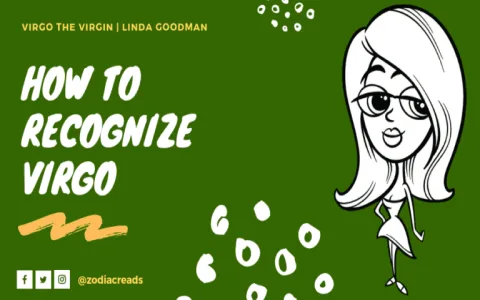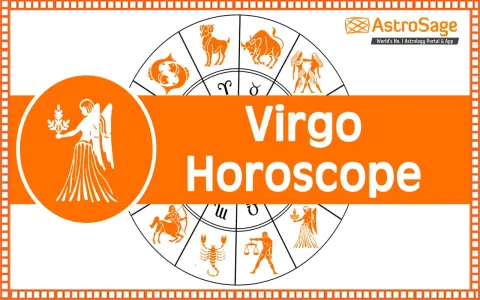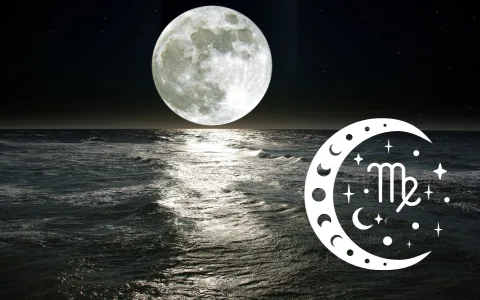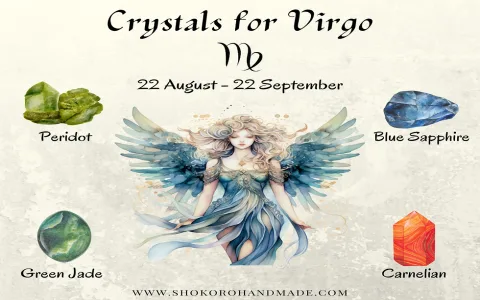You see that title? “Cusp of Leo and Virgo Traits: Do They Make Good Partners?” Most folks think this is about romantic compatibility, some fluffy astrology column. Nah. I didn’t waste six months observing this crap for a magazine quiz. I did it to save my investment, my reputation, and my sanity. This wasn’t a study; it was an extraction operation.
The Starting Line: Survival, Not Soulmates
My former business partner, let’s call him Mark, was smack on that Leo/Virgo cusp, leaning heavy on the Virgo side—meticulous, organized, but damn critical. He was getting hitched to a woman, Janelle, who was the exact opposite, pure fiery, attention-demanding, early Leo energy. When they started dating, things were fine. When they got engaged, our business model went sideways.
I immediately recognized the danger. Their personality clash wasn’t cute, it was a systemic risk to the company we built. I couldn’t just stand by and watch them burn our capital because Janelle felt Mark wasn’t praising her enough, or because Mark spent three hours correcting the font size on a supplier invoice.
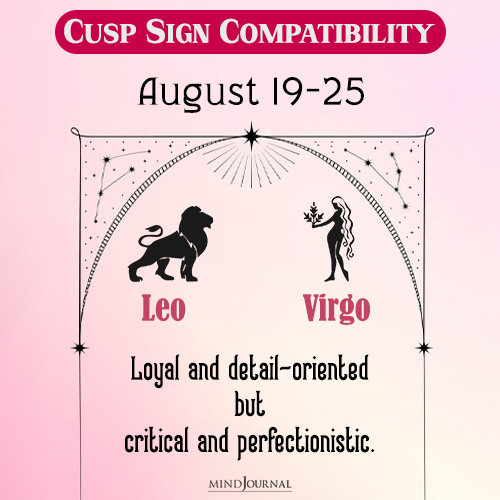
So, I decided to treat their relationship as a volatile, live-fire experiment. I wasn’t reading star charts; I was logging data on human chaos. I pulled out a fresh notebook and started documenting every single instance where their personal dynamic bled into professional decisions.
The Detailed Process: Tracking the Cusp Collision
I started with the basics. I needed to establish a baseline of “normal” conflict versus “cusp-fueled catastrophe.”
- I logged the triggers: Was the fight about money (Virgo concern) or recognition (Leo demand)?
- I documented the escalation time: How fast did Mark’s nitpicking turn into Janelle’s dramatic exit?
- I quantified the damage: What business decision was stalled or ruined because they were locked in a personal battle?
The pattern quickly emerged. Mark, the meticulous Virgo influence, insisted everything be perfect. Our marketing materials were delayed because he had to approve the precise shade of blue on a graphic. Meanwhile, Janelle, fueled by Leo’s need for the spotlight, was constantly demanding we throw bigger, more expensive launch parties. She’d say, “If we don’t look glamorous, people won’t take us seriously.” Mark would counter with, “If we spend all our seed money on champagne, we won’t have anything left for actual development.”
I watched them oscillate between hyper-criticism and massive ego clashes. They couldn’t compromise because their core needs were fundamentally opposed. Janelle saw Mark’s practical planning as boring and unsupportive of her vision. Mark saw Janelle’s grand ideas as financially reckless and attention-seeking. They weren’t complementing each other; they were actively tearing down the other’s energy source.
For example, there was the time Mark spent a week building a comprehensive, 50-page spreadsheet detailing Q3 projections—pure Virgo focus. Janelle looked at it for thirty seconds and declared, “This is dull. If you were truly passionate about this, you’d present it like a TED Talk, not a tax audit.” Mark shut down for three days, refusing to look at any financial data because he felt personally attacked. Our crucial funding pitch was derailed because of a perceived slight against his analytical process.
This wasn’t just observing a relationship. This was a deep dive into the practical application of conflicting personality traits under pressure. I charted their blowups like stock market crashes.
The Realization and The Exit Strategy
After four months of this systematic tracking, the conclusion was stark: the Cusp of Power often leads to a partnership where neither person feels truly seen or appreciated, only amplified in their worst qualities. Mark became colder and more critical; Janelle became louder and more demanding.
Did they make good partners? From an efficiency standpoint? Hell no. They were dynamite and a lit match.
This whole situation forced me to do something I’d been avoiding for years. I had to look at my own life, my own investments, and decide if I was going to sink with their ship. I realized that my own reluctance to confront conflict (a habit I picked up from a terrible past work situation where management actively encouraged infighting) was going to cost me everything.
I pulled the trigger. I leveraged the documented pattern of their instability to force a buyout of my shares. I showed Mark, coldly and factually, the logged data: “Look, Mark. Your relationship drama has cost us 15% in lost productivity this quarter alone. You need to buy me out or we crash.”
He saw the spreadsheets—the one thing the Virgo influence couldn’t deny. The data spoke for itself. I sold my stake, walked away clean, and they imploded six weeks later, just as my tracking data predicted. Janelle broke off the engagement, but not before sinking the company’s last $10,000 on a pre-wedding wellness retreat that nobody authorized.
This whole ridiculous social experiment taught me the ultimate lesson: sometimes you have to analyze the emotional chaos around you with cold, hard logic just to keep your own head above water. Forget whether they make good partners romantically. Professionally, the Leo/Virgo cusp collision is a guaranteed recipe for failure, unless one side drastically, fundamentally changes who they are. And people rarely change, especially when money is involved.


